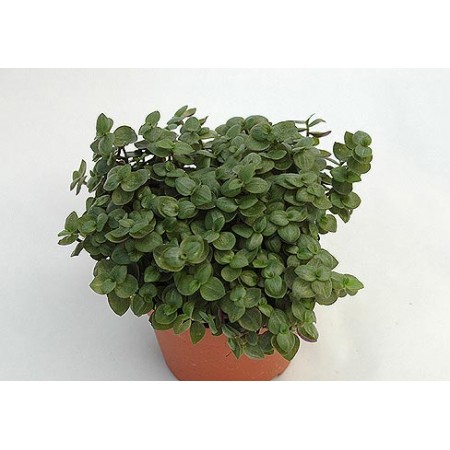Growing callisia

Fragrant callizia came to Russia directly from Mexico, and it is an excellent option for placement in the house. In addition to its attractive appearance, callisia has in its leaves a large number of various useful substances secreted during flowering, so that you can enjoy not only beauty, but also feel much better after installing a flowerpot with a flower! In the presented material, we will help those interested in growing this representative of the flora to deal with all the nuances in the care of callis.
Choosing the right place in the house
Since the homeland of callisia is quite hot, you can understand that the flower loves good lighting and a warm atmosphere. It is best to place the flower in the bedroom or in the hall, where the air will be clean. The plant is not very favorable to the polluted environment, so the kitchen will not be too suitable for it.
In the places where the flower should be placed, high-quality lighting should be installed - if the flowerpot is in partial shade, then in the evening it is necessary to turn on the lamps so that the callis receives the missing amount of ultraviolet radiation. Of course, the flower will not die if it is constantly in the shade, but from this you can hardly see new shoots.
It is also necessary to remember that the flower needs constant ventilation of the room. In summer and spring it can be moved to the open air, using balconies and loggias for this. In winter, it is recommended not to allow sudden temperature changes in the house - from this the leaves of the callis will fade and fall off.
Watering a flower and humidity
Kallizia has the ability to accumulate moisture in the root system and use it in the future, so it should not be watered too actively. Soil filling will become for her the most dangerous phenomenon that can lead to death, so that moisture should be added to the pot no more than once every few days. Of course, it is also not recommended to allow strong drying of an earthen coma, using soft, slightly acidic water in the process.
More specifically, from April to August it is necessary to water the plant no more than once a day, and in winter, reduce the number of procedures to once or twice a week. To soften the liquid, you can add a couple of drops of lemon juice to it - such a substrate is optimal for the plant to bloom actively and not suffer from a lack of additional elements in the soil.
Regarding air humidity - it should be maintained at a high rate in the region of 60-70%. This rule should be observed throughout the year, which is not always suitable for gardeners growing indoor plants. Very often, this requirement of callisia forces it to be moved to special greenhouses, where the necessary requirements can be observed.